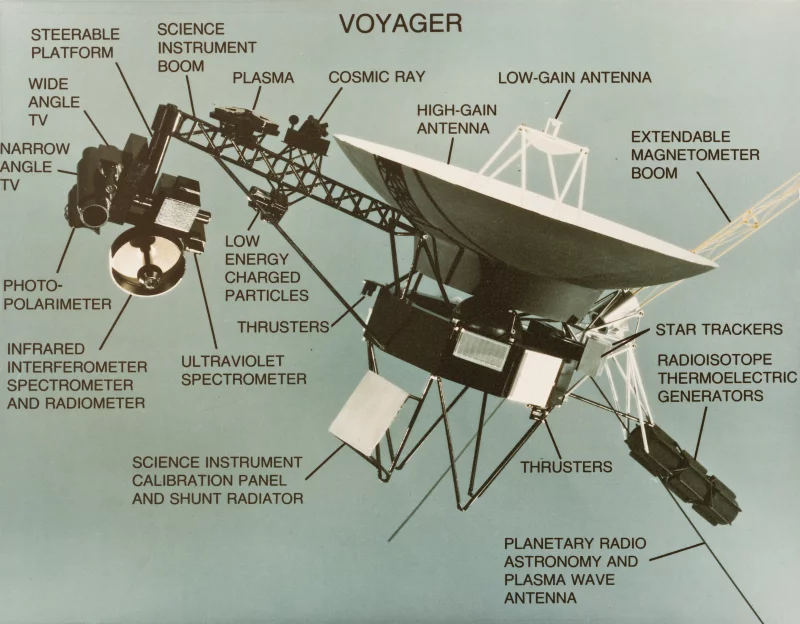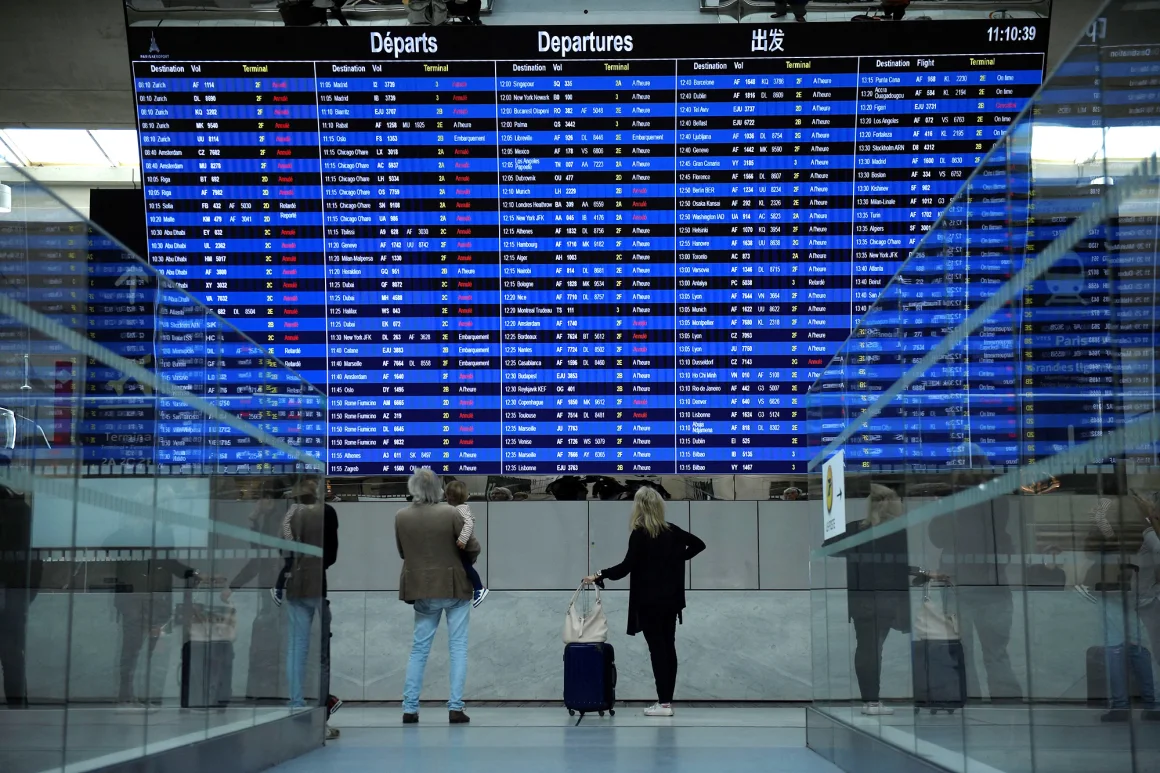Earlier this year, engineers were faced with a critical challenge that could have ended Voyager 1’s decades-long mission. The spacecraft, launched in 1977 to explore the outer solar system, encountered an issue with the roll control thrusters, which are essential for maintaining communication with Earth.
Since 2004, Voyager 1 has relied on its backup thrusters due to the failure of the primary system. Recently, these backup thrusters showed signs of malfunction caused by a buildup in the fuel line, potentially preventing them from functioning properly.
A loss of control could result in the antenna misaligning by even a fraction of a degree, which would be enough to sever contact with Earth. With limited time before a key ground antenna in Australia would go offline for upgrades, engineers considered reactivating the primary thrusters—despite the risks associated with reigniting components dormant for nearly 20 years in the harsh conditions of space.
The team performed cautious testing without triggering full ignition, aiming to avoid a catastrophic failure. On March 20, the results were successful: one of the primary roll thrusters responded as intended, restoring confidence in maintaining the spacecraft’s orientation.
Despite their age, both Voyager probes continue to function. In 2023, Voyager 1 experienced data transmission errors, while Voyager 2 temporarily lost alignment with Earth. These issues have since been resolved.
The mission team is optimistic about keeping both spacecraft operational through 2027, marking 50 years in space. The data they continue to send remains a crucial source of information about the interstellar environment and the effects of solar activity far beyond the solar system.



